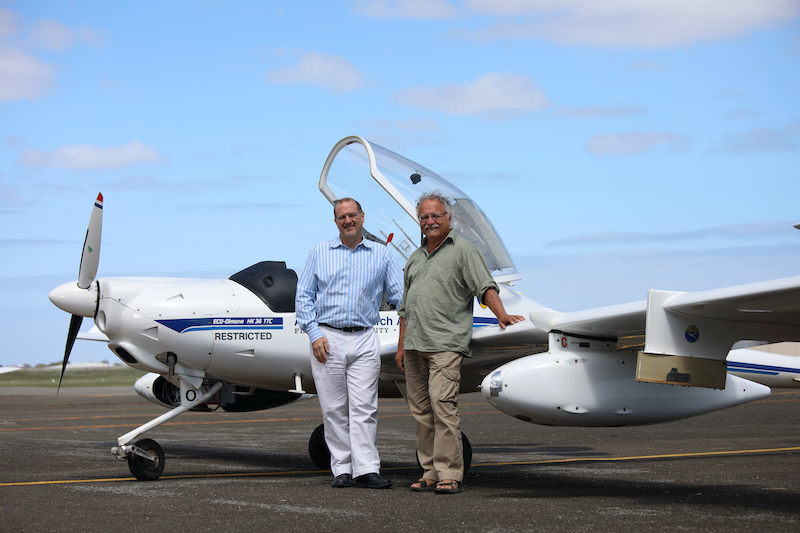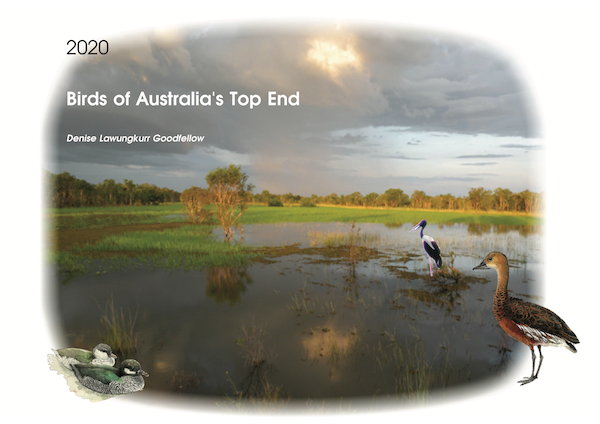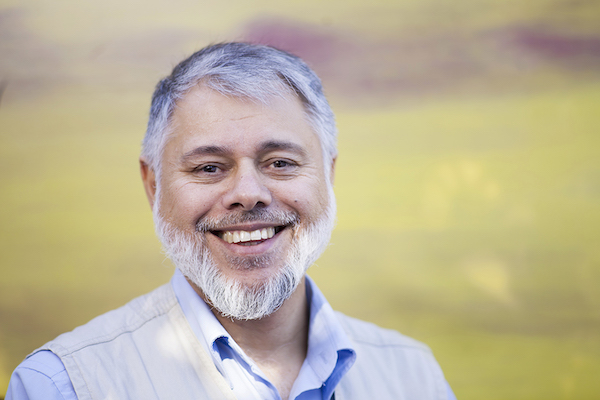Featured News
Newsroom
- Details
- In Simon Hackett
- /
 Simon Hackett (left) with Jorg Hacker and an ARA plane
Simon Hackett (left) with Jorg Hacker and an ARA plane
"“In many cases, remote sensing data taken from fire-affected areas disappears into a black hole"
Adelaide-based Airborne Research Australia is creating free 3D high-resolution maps of devastation caused by fires in the Adelaide Hills and Kangaroo Island to help communities recover and reduce future fire risks.
The maps, which contain unprecedented detail and are available from the Airborne Research Australia (ARA) website, are intended to assist communities, emergency services agencies and researchers to plan recovery from SA’s summer infernos, to better understand fire behaviour and develop future fire defence strategies.
ARA collects data for these high-resolution maps from low, slow flights by crewed motorgliders equipped with LIDAR *, hyperspectral sensors ** and high-resolution RGB cameras ***. ARA renders this mapping data in three dimensions (3D) and animates it as flythroughs to simplify viewing. Click here for an example, which was compiled using sophisticated software donated to this ARA project by Veesus Ltd in the UK.
ARA founder and Chief Scientist Jorg Hacker, who is also Professor Emeritus at Flinders University, said this high-resolution mapping data would help plan for community recovery and future fire prevention. “In many cases, remote sensing data taken from fire-affected areas disappears into a black hole, so the general public either never sees it or sees only a down-sampled low-resolution version,” he said.
- Details
- In Redflow
- /
 Redflow Limited Managing Director and CEO Tim Harris
Redflow Limited Managing Director and CEO Tim Harris
The New Zealand Rural Connectivity Group (RCG) has chosen Redflow zinc-bromine flow batteries to store energy in off-grid telecommunication sites in remote rural locations. Commercial negotiations to establish a direct relationship between RCG and Redflow to purchase batteries are now underway.
The RCG was established by the New Zealand Government in 2017 as an independent entity to build, operate and maintain a new open access network. The RCG will build over 400 new cell sites in rural locations to extend mobile and wireless broadband coverage to more than 34,000 rural homes and businesses, provide mobile coverage to a further 1000 kilometres of state highways and provide connectivity to more than 100 top New Zealand tourist destinations by December 2022. The new cell sites will be a combination of both off-grid and on-grid locations.
This critical infrastructure project is funded by the government’s Telecommunications Development Levy and an extra $75M from the three mobile network operators, Spark, Vodafone and 2Degrees.
RCG’s off-grid cell sites will meet their energy needs through a combination of PV solar panels, Redflow batteries and a backup generator. It is anticipated that the first site, which will use eight Redflow batteries, will be installed by the end of December 2019.
- Details
- In Denise Goodfellow
- /
 A calendar depicting Australian birds from which are endangered by increasingly ferocious bushfires is helping to raise funds to support a volunteer brigade which battles these blazes near Darwin River.
A calendar depicting Australian birds from which are endangered by increasingly ferocious bushfires is helping to raise funds to support a volunteer brigade which battles these blazes near Darwin River.
Designed by bird photographer and ecotourism expert Denise Lawungkurr Goodfellow, the Birds of Australia’s Top End 2020 calendar contains pictures of birds including the Crimson Finch, the Partridge Pidgeon, the Varied Lorikeet, the Little Kingfisher and the Red-backed Fairy Wren.
Most disturbingly, the penultimate page of the calendar contains photographs of gamba grass - an African grass introduced to Australia as cattle feed - and a ferocious fire fuelled by this invasive grass. All profits raised from sales of the calendar will go to support the work of the Darwin River Volunteer Bushfire Brigade, of which Denise and her husband Michael are both members.
Denise Goodfellow has a long history of promoting environmentally sensitive tourism to the NT. This includes her role as a founding member of Ecotourism Australia, receiving nomination by Earthfoot for Condé Nast’s International Ecotourism Award in 2004 and winning the Individual Champion Award, Natural Resource Management, Northern Territory in 2016.
- Details
- In Acurus
- /
Victorian health organisation Dandenong & District Aborigines Co-operative Ltd (DDACL) has ended two years of progressively worsening problems with its IT infrastructure by migrating its technology systems to Acurus IT, a move that has seen its productivity surge, patient care improve and staff morale increase.
 “We have been through the pain and now we’re getting some gain, so everyone is feeling a lot better .... Acurus has fantastically improved our operational capability.” DDACL CEO Andrew Gardiner
“We have been through the pain and now we’re getting some gain, so everyone is feeling a lot better .... Acurus has fantastically improved our operational capability.” DDACL CEO Andrew Gardiner
More News...
- New Redflow partner predicts battery boom as WA solar tariffs end (26 September 2019)
- Redflow receives order for ZBM2 batteries to power rural microgrid in North West Tasmania (29 August 2019)
- Adelaide hosts myth-busting conference on Albinism this weekend (20 August 2019)
- Gamba grass fires up threat to tourist safety in the Top End (13 August 2019)
- GigCity network to expand to Whyalla and Mount Gambier (30 July 2019)
- UltraServe Commerce debuts to reduce costs and time-to-market for midsize enterprise digital commerce initiatives (25 June 2019)
- Hawera High School celebrates its 100th anniversary this year (20 June 2019)
- Persons with Albinism celebrate world albinism day by standing in solidarity with their counterparts in Africa (12 June 2019)
- Global retailers deploy Citrus to disrupt $200B digital advertising industry (03 June 2019)
- Soul Energy partners with Redflow for infrastructure rollouts (21 May 2019)
Off the Cuff

Simon Hackett speaks about Formula E racing on ABC Radio Adelaide
Australian renewable energy investor Simon Hackett last week spoke to Radio ABC Adelaide's Afternoons host Sonya Feldhoff about the benefits for replacing the cancelled Adelaide 500 motor race with a...
Read more
Seven simple steps for mental health in time of coronavirus
After the summer bushfires, the coronavirus pandemic and associated economic shutdown, “unprecedented” must be a standout favourite for Macquarie Dictionary’s Word of the Year for 2020. For the first time...
Read more
John Harris talks (a bit) about International Albinism Awareness Day on ABC Radio
John Harris, who has the honorary role of PR guy for the Albinism Fellowship of Australia, was interviewed by Peter Goers on the Evenings show of ABC Radio Adelaide on...
Read more
Start-ups are key to the future of everything
Nigel Lake, Executive Chair of global business advisory firm Pottinger, will tell this week's Myriad start-ups festival in Brisbane, running May 16-19, that Australia needs start-ups to protect its prosperity. Pottinger...
Read moreContact
Impress Media Australia
P: +61 8 8431 4000
E: john@impress.com.au
W: www.impress.com.au
Street:
Impress Media Australia
313 Portrush Road,
Norwood SA 5067
Click here for our location
Postal:
Impress Media Australia
Box 95, Kensington Park
South Australia 5068







